By Vince Hawkins
By the time of his death in 1582, he controlled 30 of Japan’s 68 provinces, was the commander of the greatest samurai army in his country’s history, and had earned the distinction of being the first of the three great unifiers of Japan. Imbued with a driving ambition, he was ruthless and cruel, often to friends and foes alike. But he displayed a genuine talent for administration and built a reputation that aroused admiration as well as fear. Possessing a keen military mind, his daring tactical innovations altered the course of Japanese warfare during the sengoku-jidai (“age of the country at war”). Oda Nobunaga was his name.
Nobunaga was born Oda Kippôshi in 1534, in the province of Owari, near modern Nagoya city. He was the second son of Oda Nobuhide, a minor daimyô (war lord) with small land holdings, and one of the three elders of a branch of the Oda clan. This clan was split into two factions, Nobuhide’s branch, which was based at Kiyosu Castle, and a rival northern branch based at Iwakura Castle. Nobuhide, a skilled warrior, spent most of his life vying for control of Owari Province’s eight districts against his own family and protecting his domains. Nobuhide did manage to temporarily secure his northern border by arranging a marriage between Nobunaga and the daughter of Saitô Toshimasa (or Dosan) who controlled neighboring Mino Province. By the time of Nobuhide’s death in 1549, however, political intrigue, family disputes, and border warfare had left the Oda clan fractured.
During all this, Nobunaga had grown into a young man, roughly 5’3” to 5’6” in height, of tolerable looks with a rather prominent nose and slight beard. His demeanor was reputed to be brash to the point of rudeness and his behavior such that it often brought disgrace to his family. In an effort to get Nobunaga to alter his behavior, Hirate Kiyohide, one of his father’s oldest retainers and the young lord’s guardian since childhood, committed kanshi, a form of suicide meant as a remonstration. Kiyohide wrote Nobunaga a letter exhorting him to mend his ways, then killed himself by opening his stomach. The elderly samurai’s suicide apparently had a dramatic effect on young Nobunaga. He did indeed modify his behavior and in honor of Kiyohide’s loyal sacrifice, built the Seisyu-ji shrine in Owari.
Oda Nobunaga’s Ascent
By 1551, Nobunaga, now 23 years old, had ascended to the leadership of his branch of the Oda clan. As clan leader, he had also inherited his father’s problems and enemies, including those with his own family. In 1556, Nobunaga’s older brother, Nobuhiro, plotted a rebellion to overthrow Nobunaga as clan leader. Nobunaga put down the rebellion and, though pardoning Nobuhiro, drove his older brother from their home province.
The next year, 1557, Nobunaga’s younger brother, Nobuyuki, joined in conspiracy with two family retainers and—according to legend—Nobunaga’s own mother, to depose him. Informed of the plot, Nobunaga pardoned the retainers but, by way of sending a strong message to the rest of his family, had Nobuyuki executed. In 1558, Nobunaga defeated the last of his rebellious family and, for the most part, succeeded in unifying the remainder. The next year, Nobunaga traveled to Kyoto to announce to Ashikaga Yoshiteru, the 13th Muromachi shogun (hereditary military governor), his unification of Owari province with himself as clan leader.
Nobunaga then turned to the threat against Owari’s borders. The Imagawa clan, having essentially taken control of the Mikawa and Matsudaira clans, believed themselves strong enough to challenge Oda hegemony in the south. Imagawa Yoshimoto, with the able assistance of a young and skilled ally, Matsudaira Motoyasu, attacked Oda terri-tory.
In 1560, Imagawa Yoshimoto planned a major strike, one that other daimyô had tried before him. Assembling a massive army of about 25,000 men, he would march on Kyoto, the capital city. To do this, he had to move through Oda territory. Yoshimoto opened his campaign by sending one force against Marume Fort while he, with the bulk of the army, invaded Owari and attacked Washizu Castle. The garrison commanders managed to get warning to Nobunaga at Kiyosu Castle. Upon hearing the news and the size of Yoshimoto’s force, Nobunaga’s retainers advised either falling back to defend the castle or capitulating.
Nobunaga would do neither—instead, he opted to attack. Mobilizing the small garrison of Kiyosu, he left the castle the next morning, just as Marume and Washizu were falling to the enemy, and advanced toward Yoshimoto’s army. On the march, Nobunaga was joined by groups of ashigaru (“fleet foot”, or peasant soldiers, and samurai who raised his strength to roughly 3,000 men. It was a desperate gambit on Nobunaga’s part, but as he stopped along the way to pray for victory at the Atsuta Shrine, the priests made note of his calm demeanor.
Outnumbered 10 to 1
With such a small force at his disposal, Nobunaga would need to rely on deception and surprise. On June 22, while Yoshimoto’s army camped in a gorge, resting and celebrating their recent victories, Nobunaga learned of their disposition from scouts and accordingly formulated his plans. Operating in hilly, forested terrain, Nobunaga was able to create the illusion that he possessed a large army. He did this by placing hundreds of war banners just below the reverse brow of a carefully chosen hill. As he was maneuvering on familiar ground, he circumvented the enemy position and approached from the north. A fortuitous thunderstorm screened his army’s movements, allowing Nobunaga to close on the enemy’s position. When the rain stopped, he launched a violent attack from the enemy’s rear. Although outnumbered nearly 10 to 1, Nobunaga caught the Imagawa by surprise. Yoshimoto, believing the noise was a fight among his own men, was surrounded and killed by Oda samurai in his own headquarters. The ferocity of the surprise attack, coupled with the news of their lord’s death, routed the Imagawa army. They hurriedly withdrew to their own lands, leaving Nobunaga’s province safe.
This Battle of Okehazama was Nobunaga’s first great military triumph. News of the victory spread Nobunaga’s name throughout the country and established his prowess as a military leader of courage and élan. His victory also had another consequence, one that would prove greatly advantageous. The death of Yoshimoto allowed his impressed ally, Matsudaira Motoyasu, to break free from the grasping control of the Imagawa and gain independence for his province. Impressed with Nobunaga’s victory, Motoyasu entered into the “Kiyosu alliance” with him in 1562. Motoyasu would later change his name to Tokugawa Ieyasu, becoming one of Nobunaga’s best generals and his most loyal ally.
In 1567, believing his forces strong enough, Nobunaga invaded Mino Province, quickly taking the Saitô clan’s base at Inabayama Castle. His conquest of the province was opposed by the Asai clan, who had themselves only recently declared war on the Saitô and felt that Mino was partly theirs. To prevent a war with the Asai and placate their daimyo, Asai Nagamasa, Nobunaga proposed an alliance and gave his sister, O-ichi, as wife to Nagamasa. He made another alliance to secure his rear by giving his daughter in marriage to the Takeda clan.
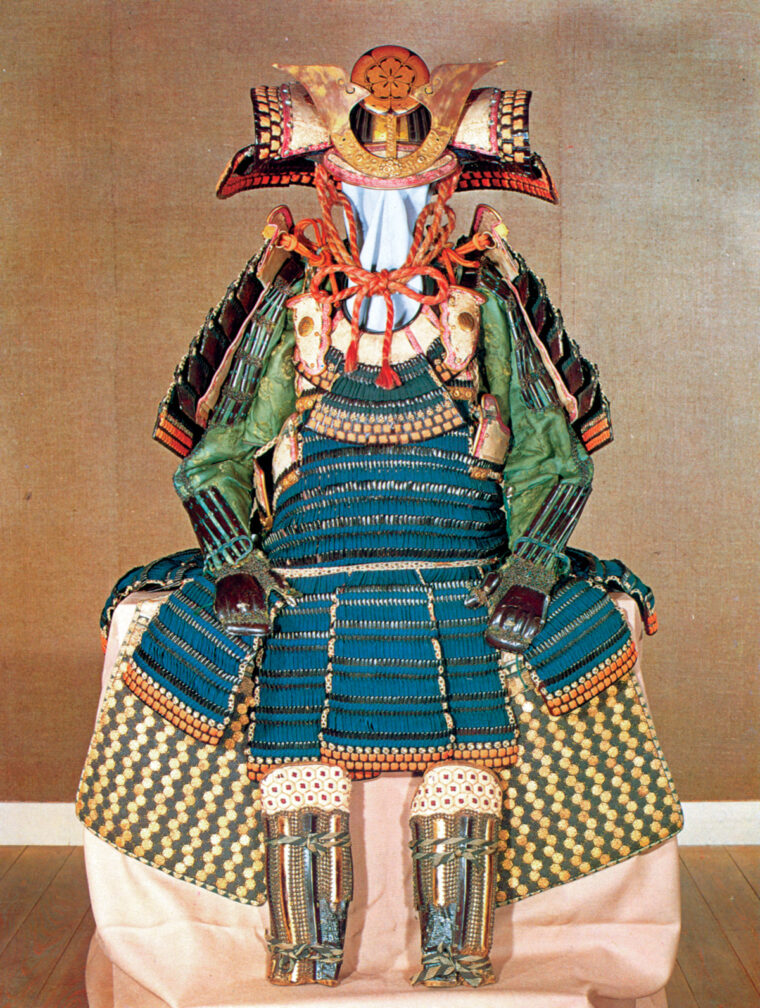
His new domain secured through military strength and alliances, Nobunaga relocated his power base to Inabayama Castle, which he renamed Gifu, after the castle of Wu Wang, leader of the Chou, who attempted to unify China in the 12th Century. Nobunaga also adopted a new motto, Tenka Fubu, “the nation under one sword” (or, alternately meaning “the realm covered in military glory”), a phrase that had prophetic overtones and revealed the basic tenant of his ambition. Nobunaga then received “official” confirmation of his new status when Emperor Ogimachi sent his congratulations on Nobunaga’s recent achievements: “Famous general with no equal in time, most superior in valor, and inspired by the Way of Heaven, since the provinces are now subject to your will it is certain that you will increasingly gain in victories.”
A Powerful Daimyô to Help Claim Position as Shogun…
Nobunaga was hardly established in Gifu Castle when the opportunity of a lifetime presented itself to him. In 1567, Ashikaga Yoshiaki arrived at Gifu Castle seeking Nobunaga’s assistance. Yoshiaki was the brother of the 13th Ashikaga shogun, Ashikaga Yoshiteru, who had been murdered in 1565 by the Miyoshi and Matsunaga clans. They had subsequently taken control in Kyoto and sought to secure their dominance by naming Ashikaga Yoshihide, Yoshiaki’s cousin, as shogun. Yoshiaki, fearing for his life, spent the next few years looking for a powerful daimyô who could help him claim his rightful position as shogun. Although hesitant to approach Nobunaga, whose character he apparently was unsure of, Yoshiaki had been turned down by several more powerful and reputable daimyô, leaving him little choice. Despite the great risk involved, Nobunaga eagerly agreed to help Yoshiaki, realizing that such a move, if successful, would greatly increase his power and position. Toyotomi Hideyoshi, one of Nobunaga’s generals, said of his lord’s gamble that, “[Oda] Nobunaga could do nothing without a name.” With Yoshiaki on his side, Nobunaga had the name he needed, that of the shogun, the most powerful military leader in the land.
In 1568, with their alliance sealed and at Yoshiaki’s request, Nobunaga began marching his armies toward Kyoto. “In the name of the shogun,” he swept aside any resistance along the way and when he reached Kyoto, the Miyoshi and Matsunaga clans either fled from his approach or submitted to him. Within a few weeks of his arrival, having first obtained the approval of Emperor Ogimachi, Nobunaga installed Yoshiaki as the 14th Ashikaga shogun.
If Yoshiaki had any illusions about his authority as shogun, they were quickly dispelled. He would eventually become little more than a figurehead—the true power in the land would be held by Nobunaga. A portent of this future came when Nobunaga refused Yoshiaki’s offer of the position of Kanrei, or deputy shogun. Not even the Emperor’s personal request in 1569 to accept the position swayed Nobunaga. He appeared not to care about titles or positions, not even that of shogun. Nobunaga cared only about expanding his power, and it quickly became obvious to all that his intentions were to unify Japan under one rule—his own.
Challenges to Nobunaga’s authority rose up from the very beginning of his ascension to power. The Oda were not considered to be one of the more powerful or premier clans in Japan, and most daimyô looked upon Nobunaga as a mere upstart with schemes of grandeur. What they failed to recognize was that Nobunaga possessed a shrewd mind. He understood the political intrigues of the time and knew how to play the game to maximum advantage. He was also nothing short of a military genius, with the ability to quickly capitalize on any and every opportunity that either fate or military skill provided. Over the next twelve years Nobunaga would demonstrate these abilities, defeating his most powerful enemies and extending his hegemony by conquering province after province.
The Contributing Factors to Oda Nobunaga’s Success
Nobunaga was successful for several reasons. Consolidating his power base in Kyoto gave him advantage of position. From here, the virtual center of Japan, Nobunaga could spread his control in any direction. With the ruling shogun firmly under his thumb, Nobunaga had the authority needed to expand that control. His great military skill and the effectiveness of his army would enable him to conquer those who did not submit to his rule. By placing his most loyal retainers in charge of conquered domains he would assure his hold over these territories.
The organization and composition of Nobunaga’s armies was quite different from those of other daimyô of the period, and were themselves a new type of weapon. Nobunaga relied to a great extent upon peasant soldiers, the ashigaru, as a major component of his army. These troops totaled as much as 40 percent or more of the total strength of his forces, the remainder being the professional samurai warriors. Instead of using these peasant mercenaries on an ad hoc basis, Nobunaga organized them into specific units and had them undergo a strict regimen of military training until they could quickly and efficiently perform any maneuver. He equipped them with long spears, longer than those used by other daimyô armies, and taught them to maneuver in close order formations, similar to the pike formations used in Europe. He also armed them with bows, traditionally the samurai’s main weapon, as well as firearms. By instituting standards of organization and instilling a distinct loyalty, or esprit de corps, amongst the peasant soldiers, he created a force that could fight almost as well as any samurai unit, and in so doing created the first truly professional army in Japan.
A major item of western technology that Nobunaga eagerly adopted was that of firearms, specifically the matchlock arquebus first brought to Japan by the Portuguese. Nobunaga used a good portion of his personal wealth to buy as many guns as he could for his armies. When he conquered Omi Province in 1573, the Kunimoto arms factory fell into his hands, and from then on he built his own guns, becoming the first Japanese leader to employ them on a large scale. He was also the first leader to develop both offensive and defensive tactics using the new weapon and trained his whole army in them.
Another major feature of Nobunaga’s army was its mobility. He kept a sizeable force under his immediate command in Kyoto, but every province under his authority was controlled by one of his retainers commanding a regional military body. Using the local samurai and ashigaru to augment his army as they marched through an area, Nobunaga was able to move his armies faster without sacrificing the strength of his force. Because he could not be everywhere at once, Nobunaga relied on his loyal retainers, some of the finest generals in the land, to conduct operations and campaigns in his stead. These factors, combined with his own military aptitude, made Nobunaga’s forces a fearsome weapon.
Clashing with the Most Powerful Clans in Japan
Nobunaga was also able to acquire a good deal of his power, territorial security, and freedom of action by means of fortuitous alliances. By marrying, or marrying off his family members, into other powerful clans, Nobunaga established several lasting alliances instrumental in his rise to power. Lastly, there was pure luck that seemed to smile on him at exactly the right moment. On at least four occasions, Nobunaga’s fortunes were either rescued from disaster or presented with opportunity owing to the timely demise of one of his major opponents. In most cases, these men died of natural causes, but in others there is some question of their deaths being credited to Nobunaga.
To accomplish his plan to unify the country under his rule, Nobunaga had to deal with some of the most powerful clans in Japan. Among these were the Asai, Asakura, Imagawa, Môri, Uesugi, and Takeda. Also resisting Nobunaga’s rule, and often aiding his enemies, were the fanatical warrior monks of Mount Hiei and the Ikko of Ise sect. Nobunaga had lost two brothers in battles with these monks and his hatred of them knew no bounds. He instructed his men to treat them not as enemy warriors, but as vermin to be exterminated. This applied especially to the Ikko-ikki, whom he ordered hunted down yama yama, tani tani (“on every hill and valley”), and eradicated.
Nobunaga was also faced with the growing discontent of shogun Yoshiaki, who had begun to chafe under the restrictions Nobunaga had placed on his authority. Subsequently, Yoshiaki began to conspire against him, soliciting aid from several clans, most notably, the Takeda. After several failed attempts at rebellion, on August 18, 1573, Yoshiaki was forced by Nobunaga to sue for peace. The shogun pleaded for his life, which request Nobunaga granted, choosing instead to exile Yoshiaki for life, thus ending the reign of the Muromachi shogunate.
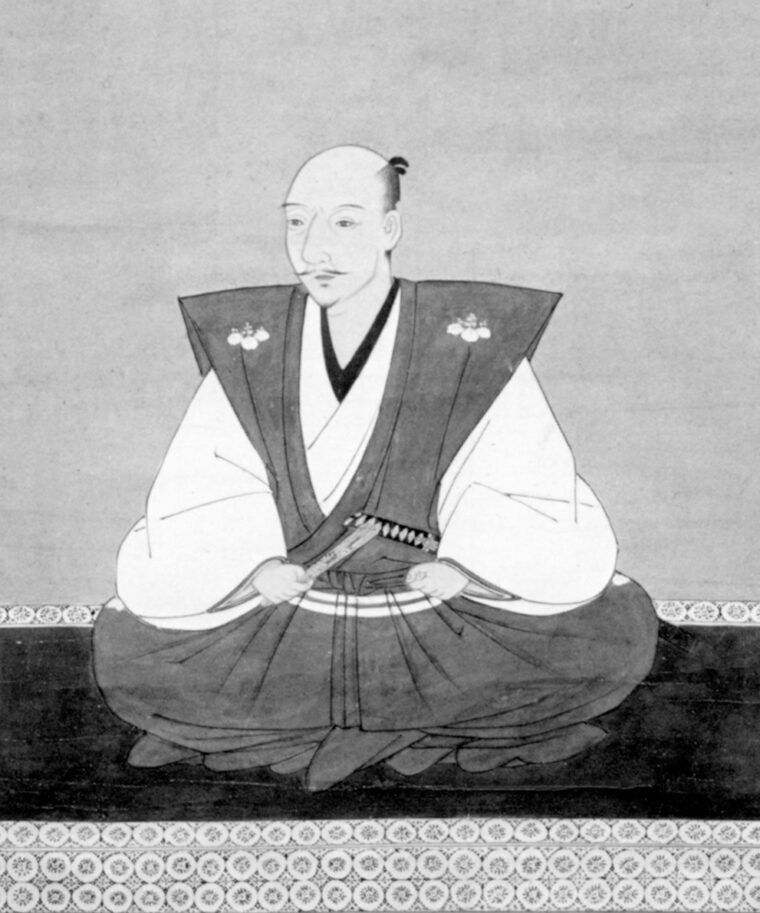
Nobunaga did not remain idle in the face of threats against him. In late 1571, he launched the first of his campaigns designed to destroy the warrior monks. His army marched to Mount Hiei and surrounded the area. Setting the woods around the cloister on fire, Nobunaga’s soldiers then began to advance up the slopes of the mountain, killing everyone in their path. When it was over, the huge Enryakuji compound had been burned to the ground and over 3,000 monks, women, and children were dead. This overt act of brutality shocked even Nobunaga’s generals, but the power of the Mount Hiei monks was crushed.
20,000 Men, Women, and Children Slaughtered
With his enemies either destroyed or momentarily subdued and Yoshiaki out of the way, Nobunaga brought the full weight of his vengeance against the Ikko monks of Nagashima. Successfully blockading Nagashima from land and sea, he then reduced the outlying forts, forcing the defenders back and bottling them up within the walls of the compound. In August 1574, in a plan similar to that employed at Mount Hiei, Nobunaga set the compound on fire, slaughtering some 20,000 men, women, and children.
By 1574, Nobunaga’s military strength had increased to the point where he was able to simultaneously conduct three separate campaigns. He pursued his campaign of extermination against the Ikko sect, continued the siege of the Ishiyama fortress of Honganji, and made preparations to finish off the Takeda clan. Moreover, early that year Nobunaga was awarded appointments and promotions from the Imperial court. He was promoted ju sanmi (junior third rank), made a sangi (court advisor), and, with Yoshiaki exiled, was by default the reigning shogun, although he never officially took the title. His response to these acclamations was to resign all his titles in May 1574, giving as his reason unfinished business in the provinces. His power was finally shown its limits, however, when his efforts to force the retirement of Emperor Ogimachi failed.
Nobunaga proved to be a popular ruler among the people if not with their leaders. One of his first acts was to establish a stronger economy and to more fully use the potential wealth around Kyoto. A major move, one greatly appreciated by the peasantry, was the abolition of the tollbooth system. He created open markets and open guilds, allowing anyone to come and sell produce or wares without having to pay a fee or belong to a trade guild. He controlled the minting and exchange of coins and conducted a series of cadastral surveys in several of the provinces to establish the ownership of land for taxation purposes.
He initiated a building program, erecting castles and “castle towns” throughout the provinces. The castles served as bastions of defense, military headquarters and administrative centers and usually became the center for the “castle towns” that grew up around them. Unlike previous castles, the ones built by Nobunaga were much larger, their outer defenses made of stone instead of wood palisades, and usually located on a plain or on a small hill in the plains where they could control travel. From 1576 to 1579, Nobunaga worked on building his new residence, Azuchi Castle, strategically located on the eastern shore of Lake Biwa in Omi Province. Azuchi was reputed to be the finest castle in Japan, with a seven-story keep that rose 37 meters high. Inside, it was more of a palace than a castle, highly ornamented, with gold leaf and elaborate screen paintings.
Nobunaga was also a great lover of culture. He enjoyed collecting exotic items, fine artistic pieces, and unusual curiosities, displaying them as a sign of his affluence and power. He was an avid devotee of the tea ceremony and collected tea items from many countries, often presenting them as rewards to retainers for their loyal service. He loved books and poetry, studying both diligently and often holding tea and poetry gatherings. One of his greatest fascinations was with westerners. Nobunaga met the Jesuit priest Luis Frois in Kyoto in 1569, and allowed him to live in the city and carry on his missionary work there. Nobunaga granted the Jesuits a great deal of freedom in propagating the Christian faith in Japan. He enjoyed the strange and fascinating things they brought from the West and was not opposed to adopting western technology and ideas. Further, he used the spread of Christianity in Japan as a helpful annoyance, if not a direct threat, against the warrior monks he so reviled.
A Death Blow for Takeda
In June 1575, Nobunaga dealt the Takeda a mortal blow at the battle of Nagashino. Positioning his 3,000-strong matchlock corps behind wooden palisades, Nobunaga’s gunners shot to pieces the repeated charges of the Takeda cavalry. With the loss of some 10,000 of their finest warriors, the Takeda were finished as a major power. Nagashino was a decisive victory for Nobunaga. It broke the power of the Takeda, secured his eastern frontier, and brought him closer to his dream of unifying Japan. In April 1578, he received the highest position possible when he the Imperial court made him Daijo daijin, Grand Minister of State.
Nobunaga could then freely concentrate all his energies to reducing the Ikko fortress of Honganji. In 1578, after repeated efforts, Nobunaga established a naval blockade, cutting off Honganji from the Inland Sea, its last avenue of supply, and completely surrounding the fortress. Nobunaga appealed to the Imperial Court to get the garrison to agree to an honorable surrender. In August 1580, Honganji, the last major bastion of Ikko power, surrendered. Surprisingly, Nobunaga spared the lives of the garrison. After more than a decade of warfare, Nobunaga had crushed the Ikko, a major obstacle in his drive for national unity. By the beginning of 1582, with no major enemies threatening, Nobunaga felt strong enough to complete the destruction of the Takeda clan. Marshaling a massive army, estimated between 50,000 to 100,000 soldiers, Nobunaga invaded Takeda territory and easily crushed their armies.
The Takeda finished, Nobunaga then returned to Azuchi Castle on May 21, where he was greeted by a delegation of the Imperial court that showered him with praises and offered him more titles including, if he desired it, that of shogun. At 48 years old, Nobunaga stood at the apex of his power, seemingly within his grasp was his life’s ambition, the unification of Japan. Unbeknownst to him, a plot was already being hatched to deny him this ultimate goal.
No sooner had he returned to Azuchi, Nobunaga learned of a military threat. His general, Toyotomi Hideyoshi, was endangered by attack from the main Môri army and called on Nobunaga for reinforcements. Nobunaga quickly dispatched a large portion of his personal army to Hideyoshi’s aid, while he remained at the Honnoji Temple in Kyoto entertaining nobles of the Imperial court. This move, however, left him dangerously vulnerable, and the next morning, June 21, 1582, Nobunaga awoke to find the temple surrounded by the forces of one of his own generals, Akechi Mitsuhide.
Hideyoshi Rushed to Avenge His Lord’s Death
Mitsuhide had been plotting for some months against Nobunaga and had raised an army under the guise of marching to assist Hideyoshi. Instead, he marched the army into Kyoto and surrounded the temple, demanding Nobunaga’s death. Despite his bodyguard being overwhelmed and slaughtered, Nobunaga fought on alone, refusing surrender. Realizing the situation was hopeless and with the temple burning around him, Nobunaga committed seppuku rather than be taken captive. Upon hearing the news of Nobunaga’s death, the townspeople looted and then burned to the ground his magnificent Azuchi Castle.
Learning of Mitsuhide’s treachery and his lord’s death, Hideyoshi rushed to avenge him. Within days he engaged Mitsuhide’s forces and defeated them. Mitsuhide, while trying to escape the slaughter, was killed by a farmer with a bamboo spear. With Nobunaga gone, Toyotomi Hideyoshi took ultimate control. He would go on to finish Nobunaga’s work, finally uniting the country in 1590, and eventually becoming regent of Japan. On his death in 1598, Hideyoshi would be succeeded by Nobunaga’s best general, Tokugawa Ieyasu, whose rule established the Tokugawa shogunate, which would last for the next 265 years. Thus, for over two centuries after his death, Japan continued to feel the impact of Oda Nobunaga’s historic achievements.
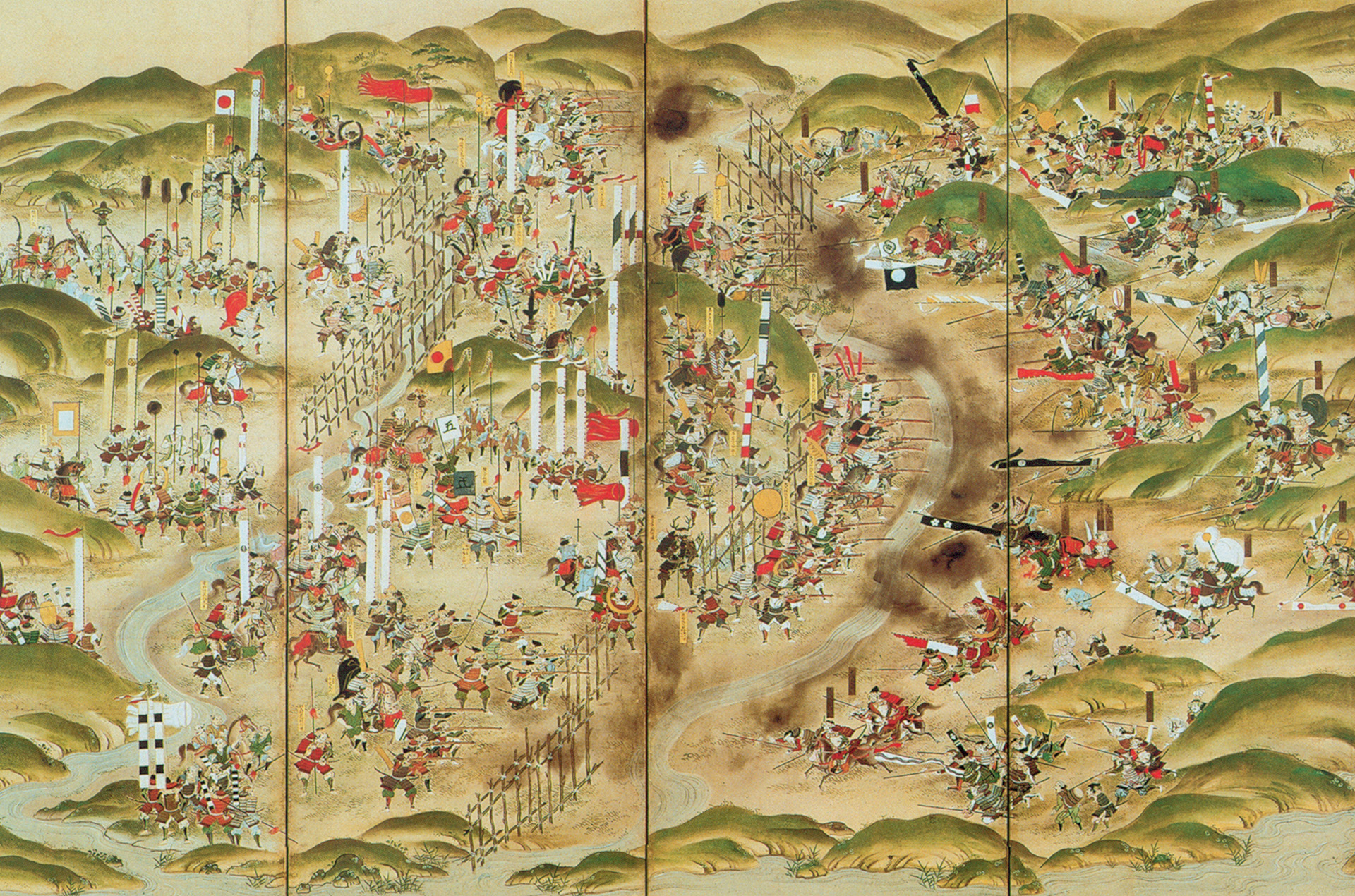
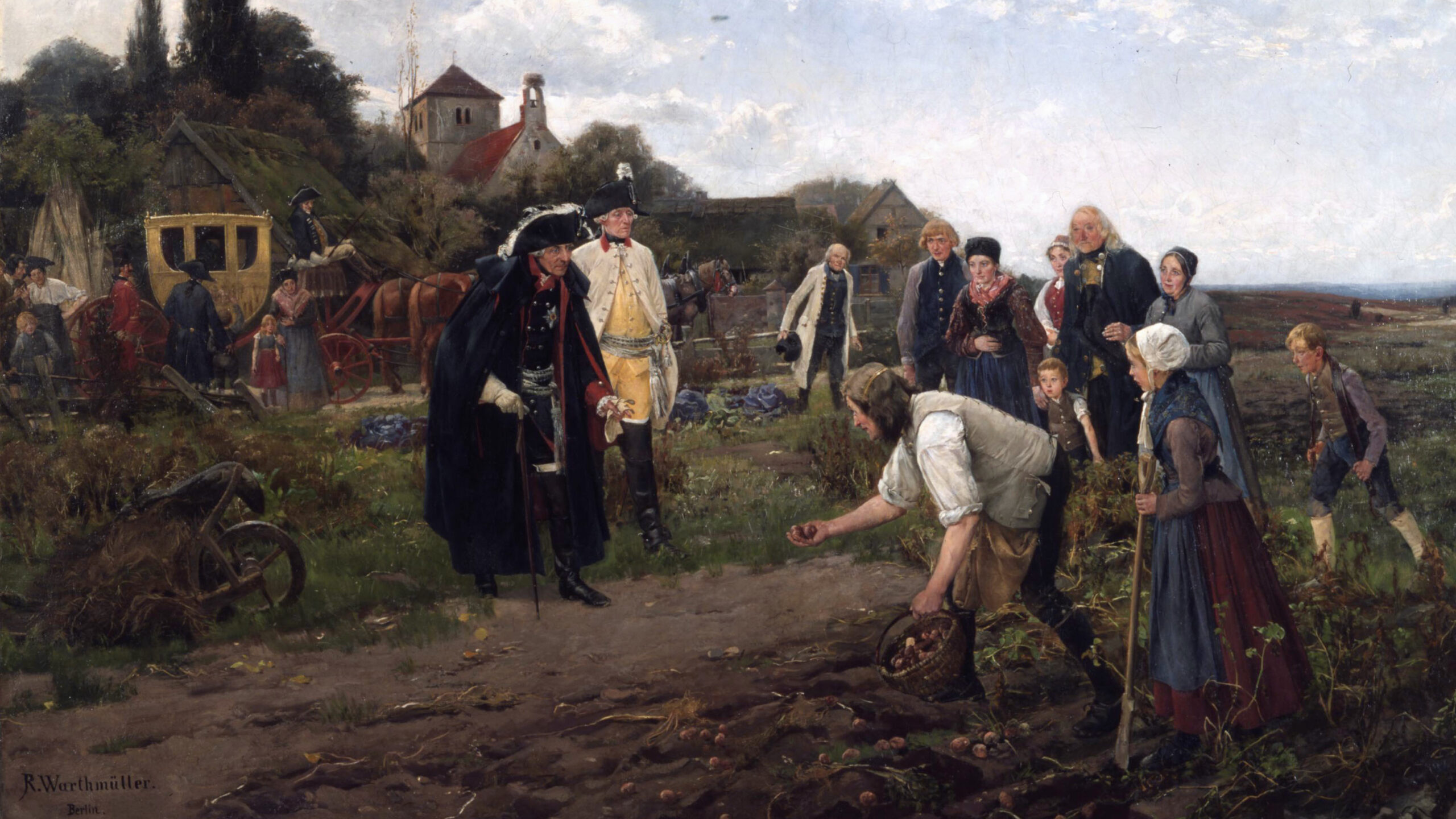
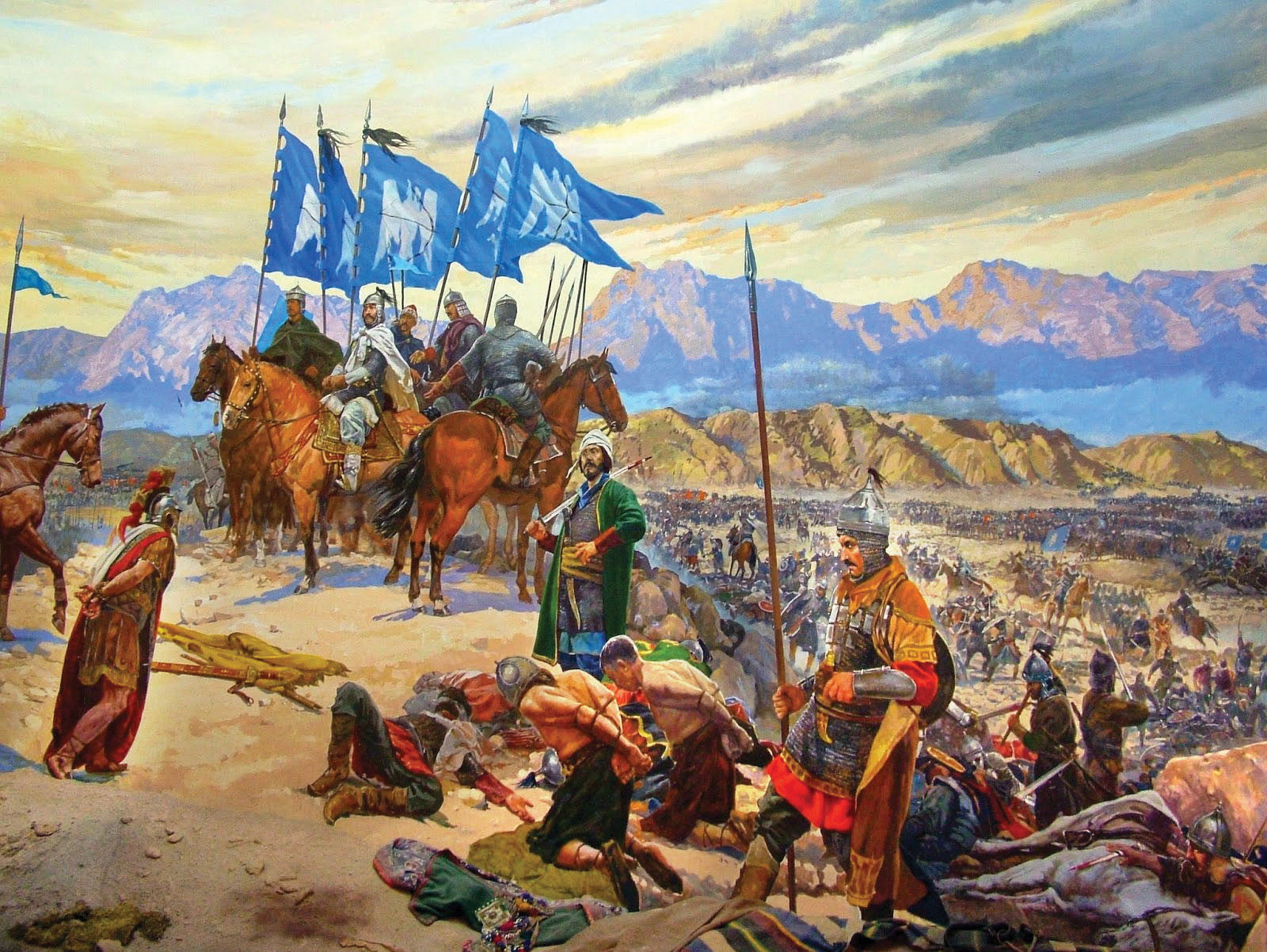
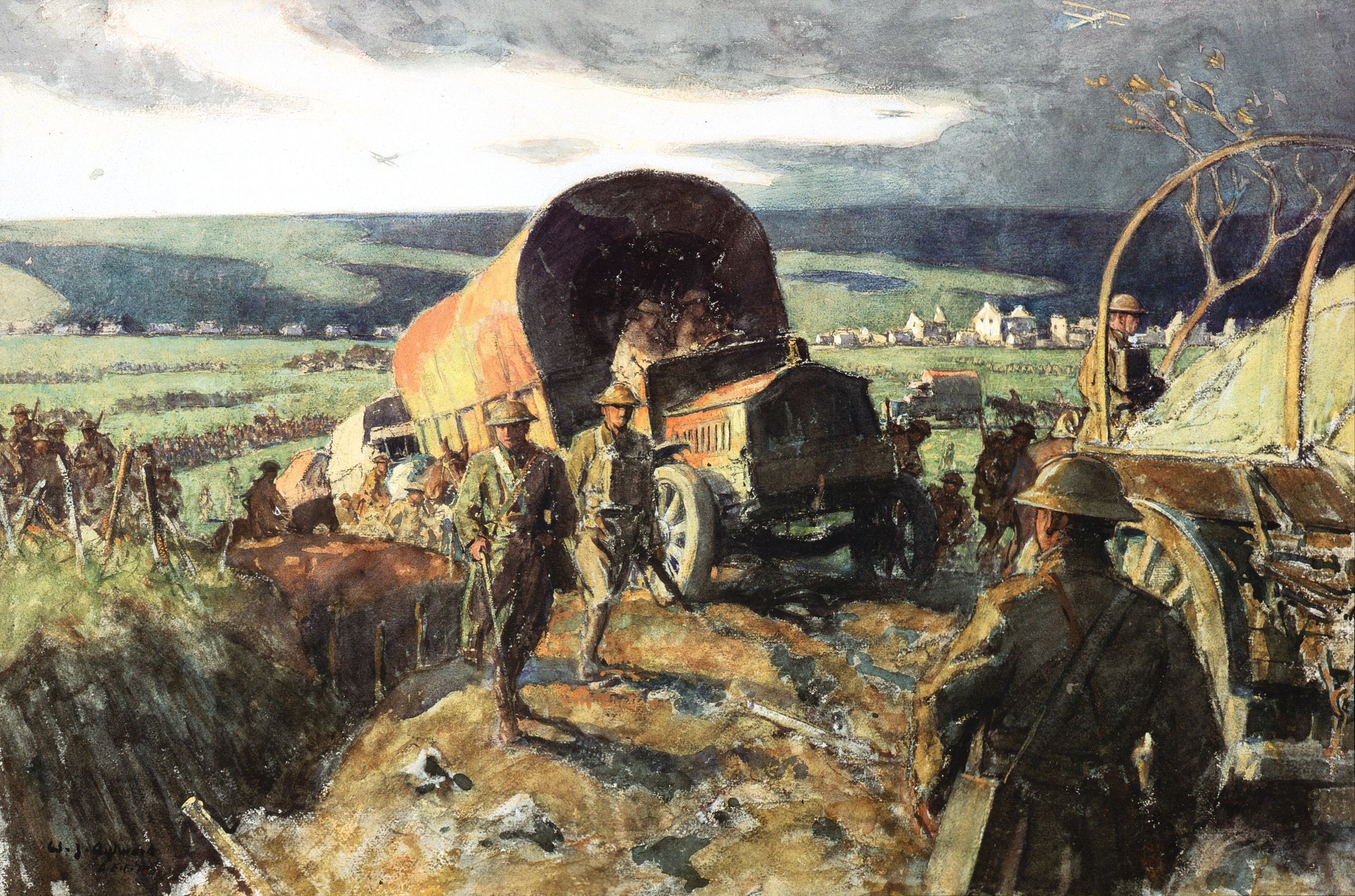
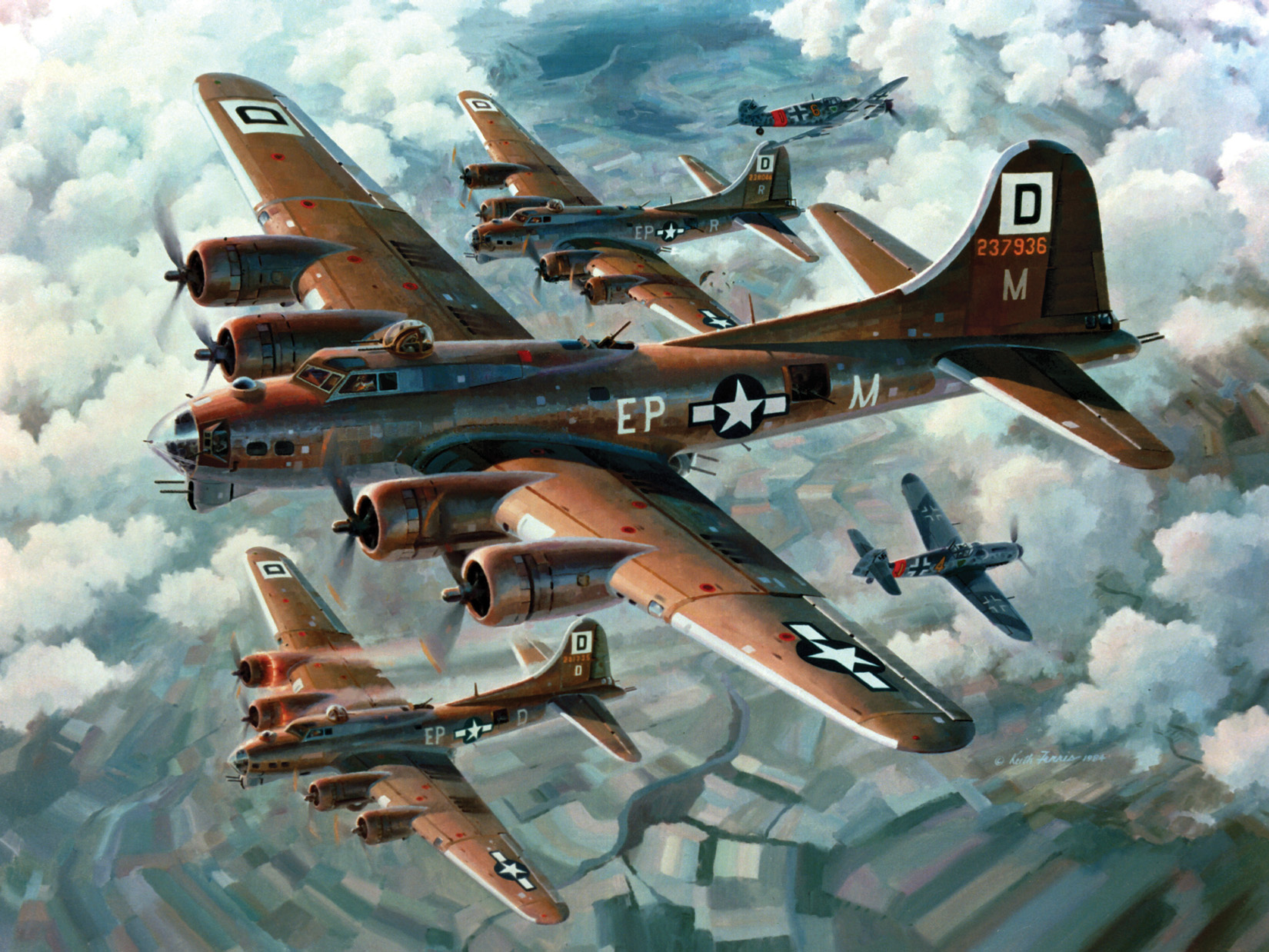
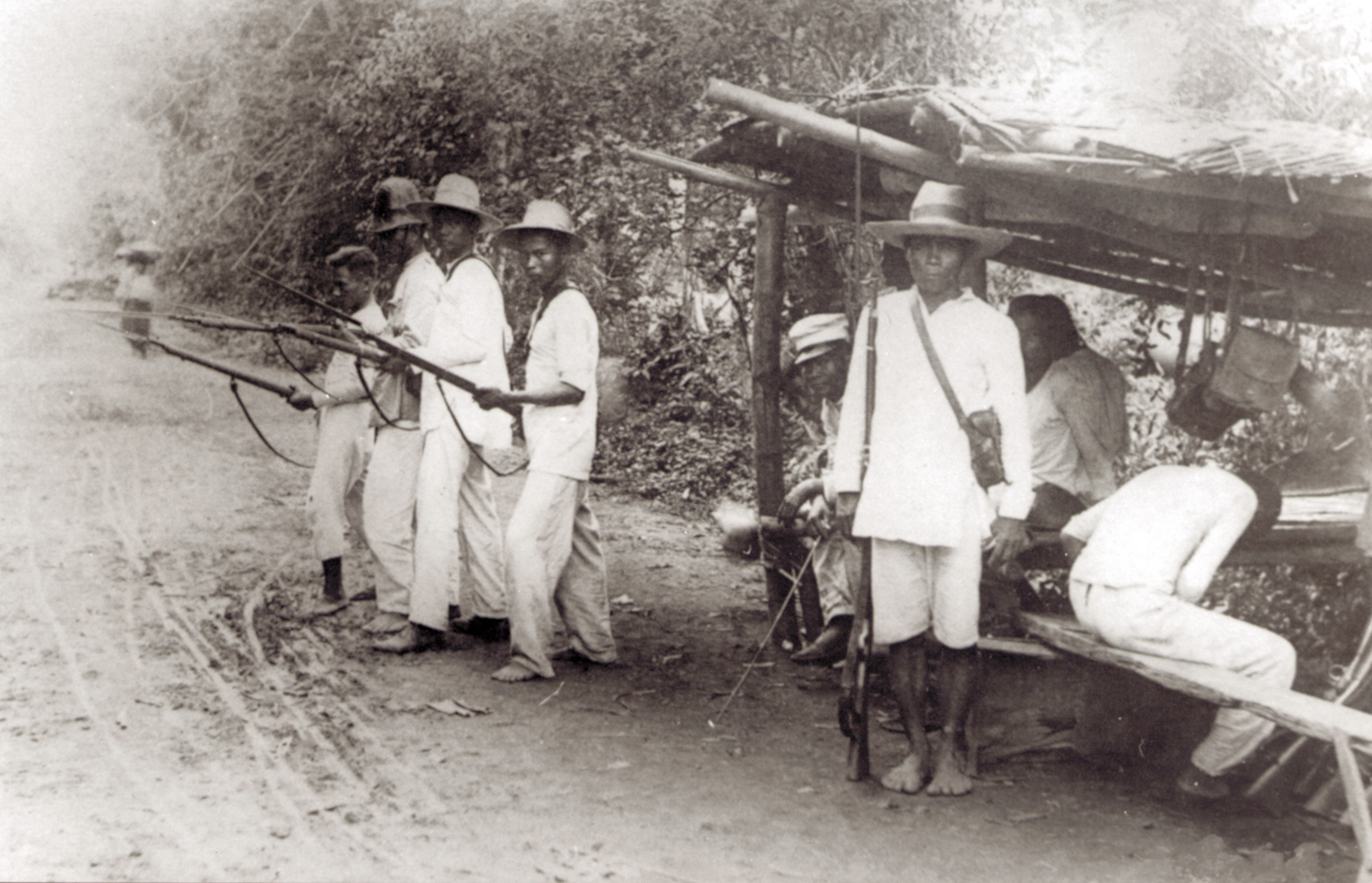
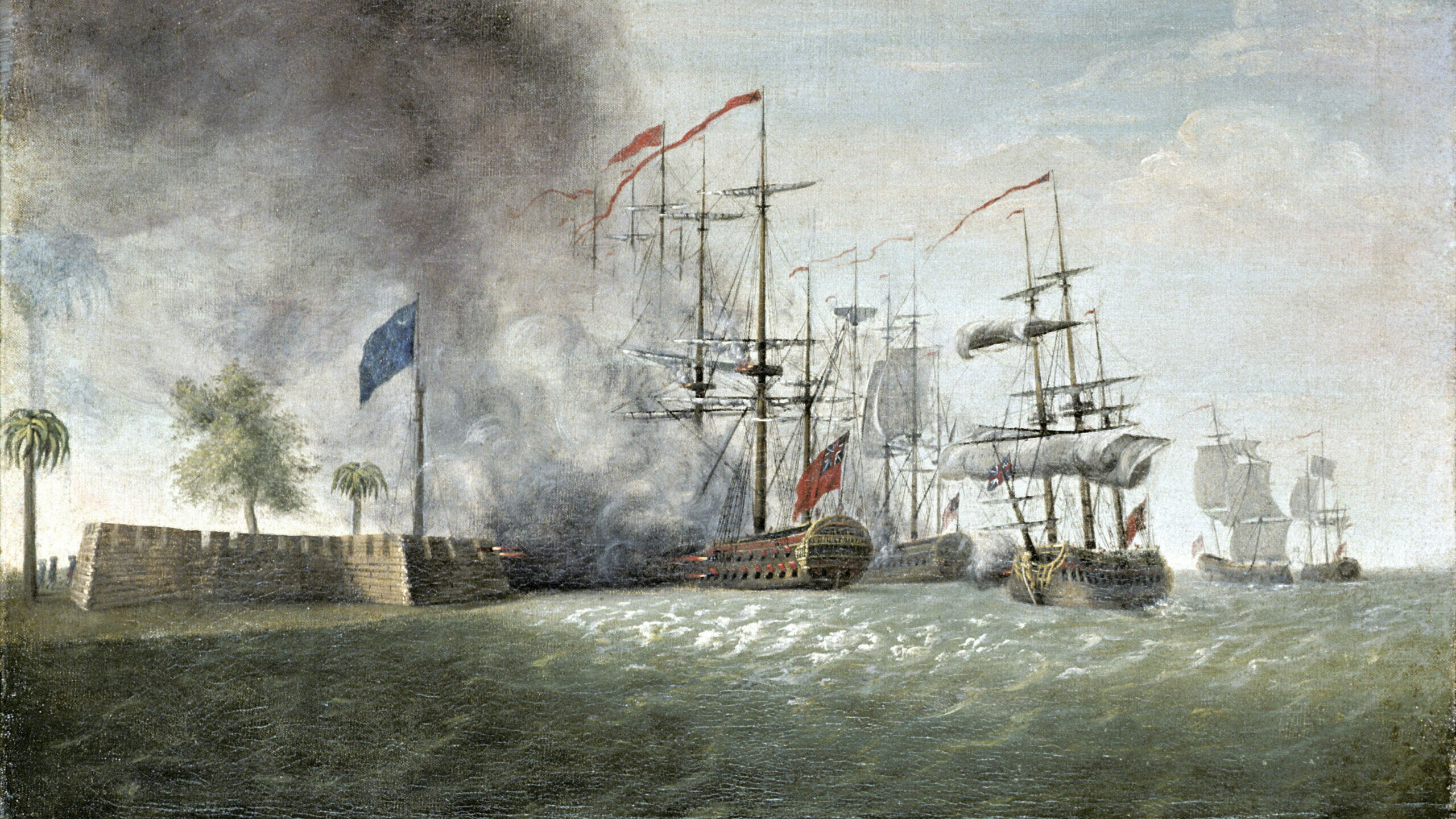
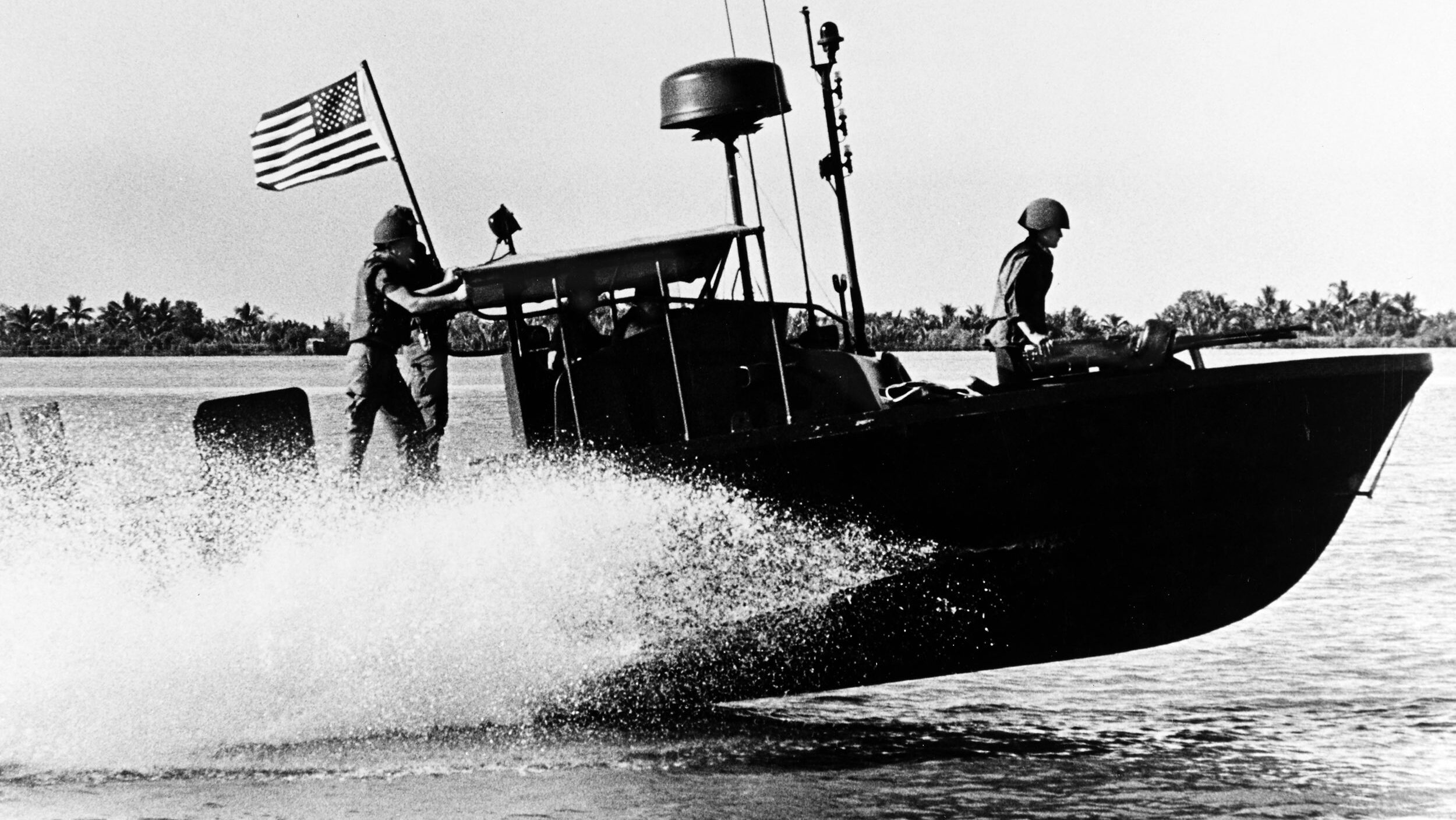
Join The Conversation
Comments
View All Comments